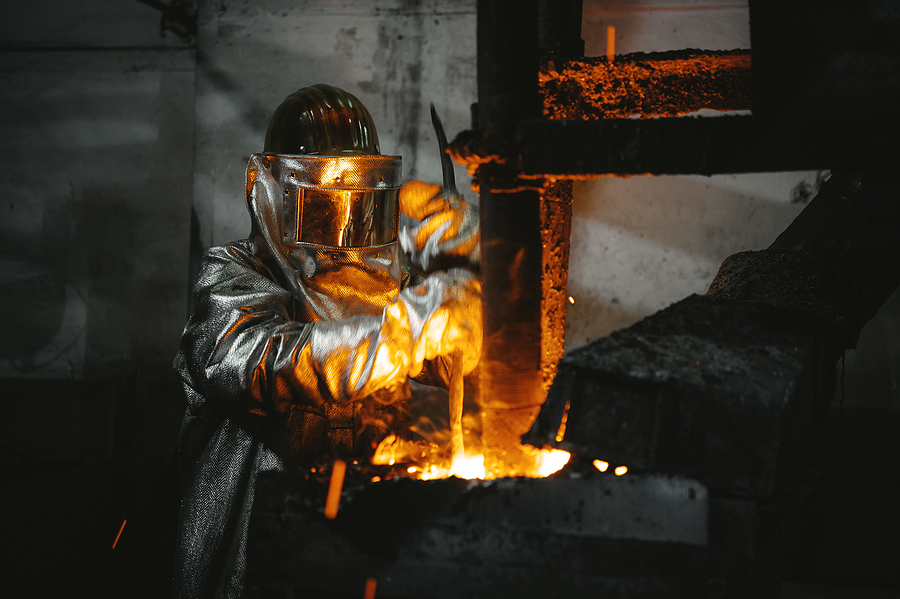
2022 Financial Reports
The past year has seen Glencore, Umicore, and Boliden share updates on company financial and operational results related to smelting performance for 2022.
The reports filed by these European organizations have illuminated crucial discoveries.
Glencore Underlines the Value of Recycling
It was recently revealed that one leading player within the mining trade sector, Glencore, had surpassed all expectations concerning how much valuable metal it could recoup from electronic waste (e-scrap) materials, and discarded batteries during last year’s operations.
The firm released its latest preliminary report for 2022, outlining the company’s copper/e-scrap and nickel recycling program successes. Impressively, Glencore managed to recover a staggering 31,000 metric tons of copper, 6,300tons of nickel, 101,000 ounces of gold; along with a million ounces of silver; 13,000 ounces of palladium; 3,300 ounces of platinum and around 1 ,500 metric tons of cobalt.
An increase of 60 percent brought Glencore’s earnings before interest, taxes, depreciation and amortization (EBITDA) to a remarkable $34.1 billion. Nevertheless, specifics concerning financial performance related to recycling activities have not been disclosed.
Recycling as a Business Strategy
During an investor call held on February 15th, Glencore’s Chief Executive Officer, Gary Nagle, reaffirmed his organizations commitment to recycling. Stressing its significance as a key component of its broader business approach, he explained how this practice would help the company stay ahead in an ever evolving market environment.
“We have invested capital in it during 2022 and we will continue to invest in 2023. It’s profitable for our business,” Nagle explained. “But not only is it profitable, it’s the responsible thing to do.”
In a conversation with E-Scrap News, Kunal Sinha, Glencore’s global head of recycling, emphasized the critical role that e-scrap recycling plays in supporting the adoption of clean energy sources. According to Sinha, scrap smelting is central to providing essential metals necessary for transitioning towards cleaner energy alternatives.
Moreover, Glencore’s recent financial report revealed plans for an extensive capital project spanning over three years (from 2023 until 2025) that entails implementing emissions reduction systems at its Québec Horne Smelter. This plant has been at the center of public outcry, due to increasing concerns about arsenic air emissions, thereby facing substantial pressure from local politicians and regulators.
Umicore Impacted by Energy Price Pressure
The Belgian firm, Umicore, has released some key financial data for its recycling division. The company brought in nearly $1.2 billion (or 1.1 billion euros) over the course of 2022, an amount very close to what was achieved during the prior fiscal period. However, there has also been a noticeable fall off of approximately 17% in terms of EBITDA value; coming out at around $570 million (532 million euros).
This trend seems largely attributable to an uptick in associated costs across various fronts such as, energy consumption and procurement/selling prices for valuable materials like precious metals.
“Although well above historical levels, earnings were below the record level achieved in 2021 reflecting substantial cost inflation headwinds,” an Umicore presentation declared.
At its peak in early 2020, rhodium and palladium commanded high prices before taking a dramatic drop. In contrast, there were pronounced fluctuations in platinum, silver, and gold costs over this same period of time.
Hoboken, Belgium Metal Recovery
Umicore recovers metals specifically sourced from circuit boards at a facility in Hoboken, Belgium. The start of 2022 saw global logistics disruptions affecting shipments of scrap to the facility. Fortunately, things eased up by summer months according to reports from Umicore.
Corresponding to the report, “In the second half of the year, the business unit was able to catch-up and process the delayed supplies of complex PGM-rich materials from the first six months of the year.”
It has been projected by Umicore that should precious metal prices remain constant within the next year, there is a probability of lower adjusted EBITDA from its recycling business group in 2023, than what was observed earlier. This can be attributed to an increase in costs, due to inflation.
Boliden Increases Smelter Profits
Boliden, a Swedish organization, proficiently leverages the Rönnskär smelter as one of its primary processing facilities to extract precious metals from electronic scrap.
Dedicated to removing copper, lead, nickel and zinc from discarded electronic devices by utilizing five specialized smelters; Bolidens total revenue increased by about $8.1 billion or equivalently generating up to 84.8 billion Swedish Kronor in the financial year 2022. This includes an increase of over one quarter above the previous financial accounts, reflecting more than a 26 percent growth rate.
It is also important to note that the operating profit recorded for its specialized smelting business segment surged by almost two thirds; reaching an amount well over $587 million (6.1 billion SEK).
In addition to having produced more gold than ever before in recent years, through the firms endeavors last year alone, further details on the Rönnskär recycling and metal production process are expected to be revealed by Boliden on March 8th.
